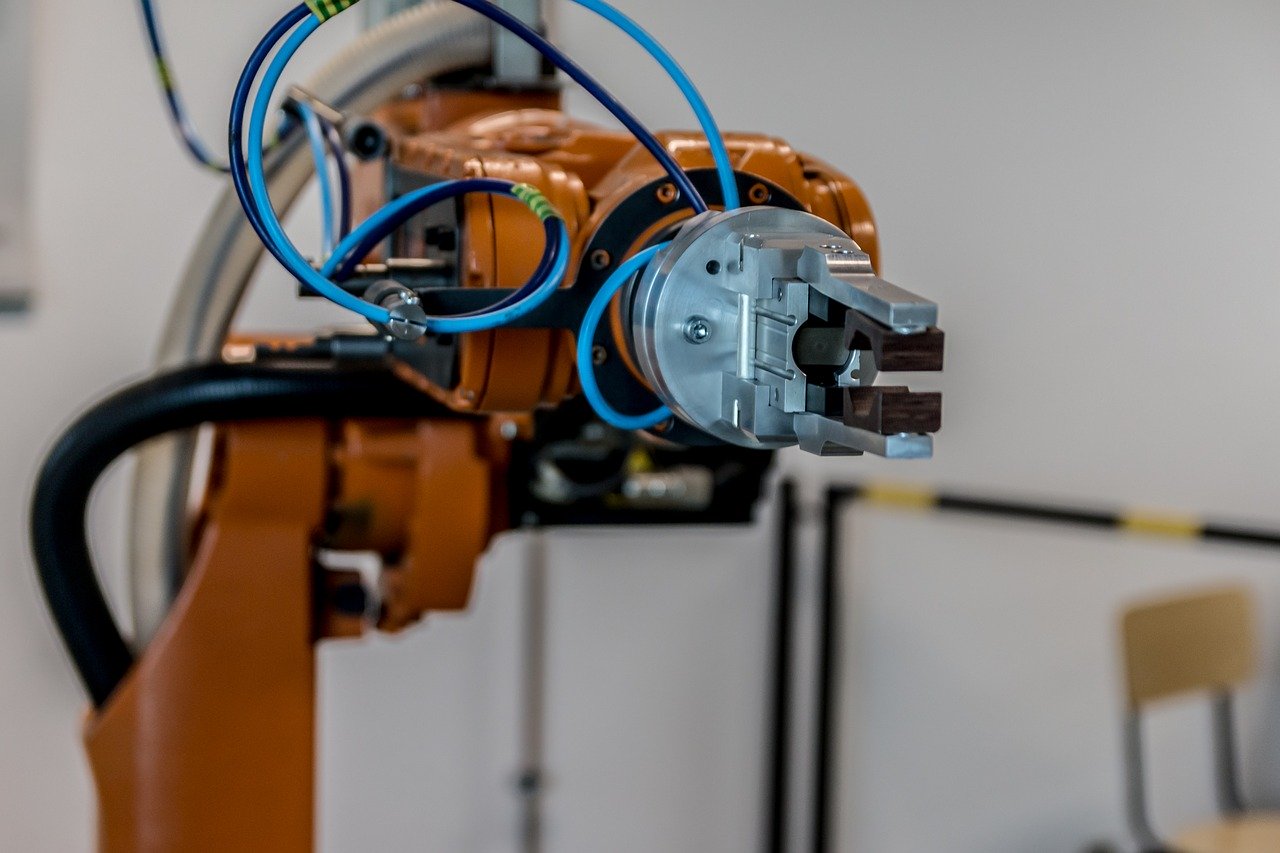Internet of Things (IoT) vendors often tout the plug-and-play nature of their devices: Just connect it to the network and it starts reporting back the required data, says Yasser Khan, CEO of One Tech, Inc.
However, to maximise their value, as well as that of the data gathered, devices need to be trained to not only perform the desired actions but also to spot anomalies and prevent issues before they occur.
Training of devices to ensure they are delivering the results an organisation needs is usually done in the cloud through artificial intelligence (AI) and machine learning (ML) processes. However, there are enough differences in attributes of a particular device in an organisation’s IoT implementation to make this impractical. For example, each device’s task is different, each physical environment is different, and so on.
Training in the cloud can be costly as well — the cellular network used by most companies for their IoT implementations charges for each byte of data. Those bytes add up, making it difficult to scale without incurring exorbitant costs.
Training at the network edge using an AI model is a second option; however, the challenge for IoT devices is that they are often small and resource-constrained, making this level of processing difficult. Solutions are needed that are small enough to work on a wide range of IoT devices, yet powerful enough to handle the volume and velocity of data being gathered, curated and actioned.
Let’s explore some of the benefits of training using an AI model that lives on the device, board, or gateway:
- Cost savings because data stays at the edge. IoT devices and sensors often process up to 300 data points per second. That data — plus that collected from other devices — is being sent across the cellular network to the cloud for real-time processing. By processing data directly at the edge and only sending data that needs to be further processed in the cloud to the cloud, organisations can realise significant cost savings.
An example of how cost savings might be realised is monitoring vibrations in an electrical motor. Vibration readings can be taken at different intervals based on what the data shows, for example, if vibrations areconsistent, readings can be taken once every minute instead of once every second. If the vibrations change, readings can occur much more frequently. By sending data less frequently, and being able to select what data is sent, cost savings can be realised.
- Security. When data stays with the device at the edge instead of travelling across the IoT network to the cloud, there are fewer penetration points, leading to a more secure network. There are two priorities for security: deny access to the device to those who shouldn’t have it, and if a breach does occur, ensure that it’s stopped quickly. The ability to spot anomalies by immediately detecting a change in the device behaviour (without going back to the cloud for processing) shows the value of training at the edge.
- Performance. Industrial IoT applications often require high performance networks, and latency can be an issue as data is moved to the cloud for processing. By training at the edge instead of the cloud, latency issues are easily resolved. By processing data at the edge, sensors can determine signs of failure and send a real-time alert, which could just be a simple message to take action, or it may generate an API call to shut the machine down.
Training in Action
The value of training at the edge can best be shown through two examples:

- Automotive manufacturing: In this environment there could be 100 robotic arms as part of a single line, with a dozen or more sensors on each arm. Across one facility, there may be 1,000 or more arms doing the same thing. To get that volume of data reported by this equipment up into a cloud environment to train is almost impossible. It must be done with an AI model at the edge.
- Smart city: In this environment, 10,000 smart lightbulbs may be deployed in a single area. The IoT application monitors energy usage, and each light is sending data on a per-second basis, looking for anomalies such as if energy levels go up a certain amount. Being able to train using an AI model at the edge is critical for deployments of this size.
Using AI to train at the network edge is a critical part of IoT implementations, especially as they scale. But the cloud always will have a role because of its sheer horsepower. However, processing all incoming data and storing the information gathered can quickly get expensive. The edge offers significant cost savings, security and performance benefits, making it a clear option for organisations as they scale.
The author is Yasser Khan, CEO of One Tech, Inc
About the author
The author is Yasser Khan, CEO of One Tech, Inc., a global organisation focused on redefining artificial intelligence at the network edge. He is a veteran business executive and serial entrepreneur in the digital transformation space with a focus on business process automation, Industrial Internet of Things (IIoT) and artificial intelligence / machine learning.
He has more than 25 years of experience in launching smart technology solutions and new business models for mid- to enterprise-level organisations. He has implemented innovative technology ecosystems within multiple, global Fortune 100 organisations, including AT&T, Nutrien and Cricket Wireless. In 2016, Khan was nominated for ‘Entrepreneur of the Year’ by Ernst & Young LLP.
Comment on this article below or via Twitter: @IoTNow_OR @jcIoTnow










